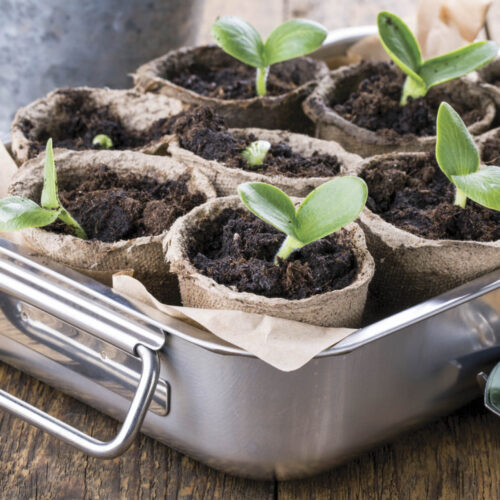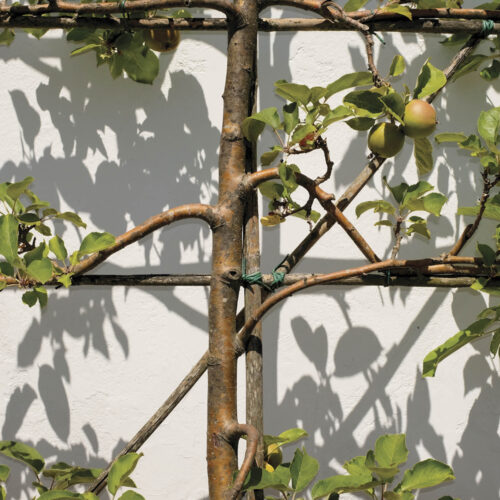March planting guide
2017-02-13T23:52:37+11:00
JUSTIN RUSSELL has ideas for what you can plant now, no matter if your place is hot, cool or somewhere in between.
Australia is a highly diverse country, not only in terms of its people, but in its extreme range of climate zones and their associated weather patterns. The zones we use in Organic Gardener are accurate, but general. Within any of the five zones, there can be a multitude of microclimates. Heck, within a single garden there can be dozens of microclimates. Get to know your place, and tailor my monthly planting advice for your patch of paradise.
This month we’ll start in the tropics. March is the most active month for cyclone formation in the north, thanks largely to ocean temperatures being at their warmest point in the year. Should this preclude you from planting some veg? Of course not! March is a great month to start your dry season planting, so get in heat loving things like capsicum, eggplant, chilli, okra, tropical legumes such as soybeans, mungbeans, snake beans and peanuts, greens such as amaranth, Asian greens and chard, sweetcorn, and humidity resistant cucurbits such as Suyo Long cucumbers. Don’t forget starches. Taro, yams, cassava and sweet potato can all go in this month.
Further south in the subtropics, nights should start cooling down a smidge, but winter is still a long way off. Try planting all of the vegies listed above, along with tomatoes, bush and climbing beans, and the first of the winter veg. Think kale, radish, turnip, beetroot, carrot, parsnip, silverbeet and Florence fennel. Later in the month plant garlic. Day length neutral varieties such as Glen Large and Southern Glen perform best in the subtropics, but you could also try other artichoke varieties such as Australian White.
In arid and semi arid areas, the heat that’s built up over the last month should start to diminish over the next few weeks, so later in the month will be a good time to start planting all the winter veg listed for the subtropics, plus cabbage, broccoli, cauliflower and Brussels sprouts. You can plant garlic later in the month too, and if you’re in a fairly frost free area, you’ve even got time to get in a final planting of watermelon. One of the bush varieties such as Golden Midget will ripen before the cooler weather really sets in.
In warm and cold temperate climates, March is a frenzy of full blown winter planting. Get in your brassicas, greens, salads, roots, alliums and legumes, along with coriander and celery. In very cold areas you could start sowing broadbeans, and March marks the start of the temperate garlic planting season. I like to to get mine in around St Patrick’s Day.
I prepare the soil in advance by incorporating plenty of well rotted manure or compost, and in recent years I’ve been adding rock minerals, which supply slow release trace elements and gently raise the pH (garlic loves a slightly alkaline soil). Down south all varieties are worth a shot, but in northern temperate areas like mine, the best performing garlic varieties are the artichoke types (visit www.australiangarlic.net.au for more info on garlic classifications). For what it’s worth, of the dozens of varieties I’ve tried, my prized garlic is called Mexican Purple Stripe, though I’m sure it’s been misnamed. It’s not part of the Purple Stripe group but is an artichoke variety. It may in fact be Italian Pink. Whatever its name it reliably forms big heads and has a great flavour.
Happy autumn planting!






